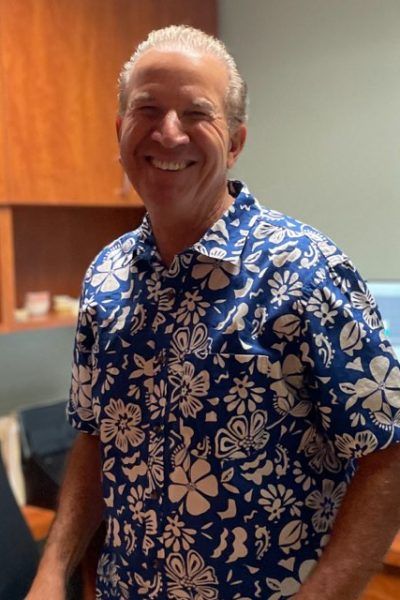Do you consider yourself environmentally conscious? Are there steps you take to limit your impact on the environment and reduce waste? Have you looked closely at your oral hygiene practices to see if they fit? Modern dental care often involves the use of a substantial amount of plastic. Our toothpaste comes in aluminum tubes, but the caps are plastic. Many people don’t turn off the water while they brush, wasting up to four gallons each time. Floss is composed of nylon and comes in plastic containers. Even our toothbrushes are made of plastic, and we throw those away every six months.
Options That Make An Environmentally Conscious Oral Hygiene Routine Possible
Reducing your oral hygiene routine’s impact on the environment takes some effort. Thankfully, we can sum up the essential methods in four steps. When followed together, these can go a long way towards reducing dental waste from your routine.
- Reduce your water waste by turning off the tap
- Rinse after you floss, not after you brush
- Get the most from brushing and flossing by flossing pre-spit
- Use a glass of water to rinse and spit
This method will help you in many ways, including making the most of your routine. Leaving the water pouring while brushing their teeth is a surprisingly common habit. Even those who make a point of being environmentally conscious tend to do it. Unfortunately, they try to reduce their impact by racing against the tap. The result may save a little water, but primarily it just results in bad hygiene practices. A better choice is to turn off the water when brushing your teeth.
After these four tips, we present the following option to consider. Try changing your dental products. Floss waste each year accounts for a football stadium’s worth of empty containers. The floss itself is nylon and takes up to 80 years to decay in a landfill. Thankfully you can find mulberry silk floss that arrives in reusable metal cases. Combine these with the refillable floss handles, and you’ll be able to feel good about flossing again. Using these refillable handles also means you’ll lose floss overall. All of these elements add up to less waste.
Bamboo toothbrushes are becoming increasingly popular, but there are some trade-offs involved. The toothbrush itself is entirely biodegradable. Unfortunately, it takes more water to produce when compared to plastic toothbrushes. While recycling plastic ones used to be the best option, that isn’t the case anymore. The breakdown of the recycling process means most of them still end up in landfills or the ocean.
A Combined Effort Can Reduce Environmental Impact
With the guidance we’ve provided above, it’s possible to have a meaningful impact. Landfills and waterways are the final resting spot of a lot of plastic waste. Only through conscientious action can we make a meaningful difference. Reach out to your dentist to ask about products that are safe for the environment while being practical. Also, ask them what steps their clinic is taking to reduce their impact on the environment. Working together, the future of dentistry can be green.


